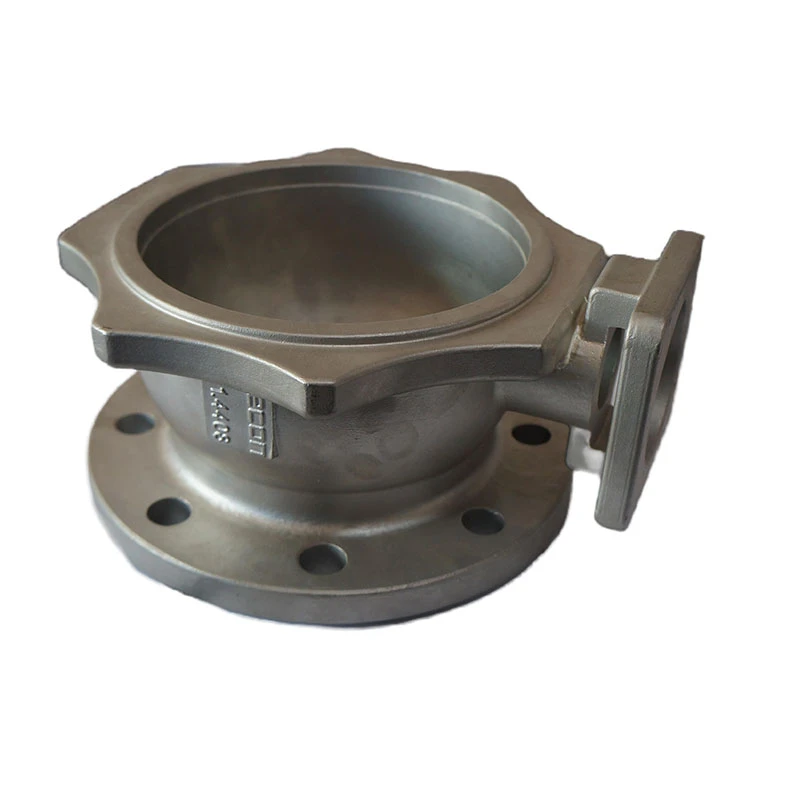sand casting die
Understanding Sand Casting Die A Comprehensive Overview
Sand casting, a widely used metal fabrication process, involves creating objects by pouring molten metal into a mold made of sand. The mold is formed around a pattern, which is often a replica of the final product. The effectiveness and precision of the sand casting process highly rely on the design and quality of the sand casting die, which is an essential component in ensuring the production of high-quality castings.
What is a Sand Casting Die?
A sand casting die, often referred to as a mold, is typically made from sand and a bonding agent, such as clay or resin. This combination helps create a mold that can withstand the high temperatures of molten metal while maintaining its shape and details. The die is critical for defining the intricacies of the final casting, including its dimensions, surface finish, and overall geometry.
The creation of a sand casting die involves several steps. First, a pattern of the object to be cast is created, usually from materials like wood, metal, or plastic. This pattern is then positioned in a flask, a framework that holds the sand mixture. After packing the sand tightly around the pattern, the flask is split open, and the pattern is removed, leaving an impression that serves as the die.
Advantages of Sand Casting Dies
1. Cost-Effectiveness One of the main advantages of sand casting dies is their cost-effectiveness, especially when producing small to medium-sized components in low to moderate production volumes. The materials used in making sand molds, primarily sand and a bonding agent, are inexpensive.
2. Flexibility Sand casting allows for the creation of complex shapes and large parts, making it suitable for a diverse range of applications, from automotive components to art sculptures. The flexibility in design capabilities is one of the key reasons why sand casting remains popular in various industries.
sand casting die

3. Simplified Processes The creation of sand casting dies typically involves fewer steps compared to other molding processes. This relative simplicity reduces production time and labor costs while maintaining the quality of the final product.
4. High Tolerance Modern sand casting techniques enable manufacturers to achieve tight tolerances and precise dimensions, which are crucial for fit and function in assembled products.
Challenges and Considerations
Despite its advantages, sand casting does come with challenges. The sand mold may not always provide the necessary surface finish required for certain applications, leading to additional finishing processes. Moreover, achieving consistent quality can be affected by factors such as sand quality, moisture content, and the precision of the pattern used.
The durability and lifespan of sand casting dies can also be a concern. Over time, repeated use can lead to wear and tear, necessitating periodic maintenance or replacement. Manufacturers must carefully consider these factors in the design and selection of sand casting dies to optimize their production process.
Conclusion
In conclusion, sand casting dies play a vital role in the sand casting process, offering manufacturers the ability to produce complex and precise metal components at a cost-effective rate. While there are challenges to overcome, the benefits and applications of sand casting make it a preferred choice for many industries. As technology advances and innovative materials emerge, the future of sand casting and its dies looks promising, paving the way for enhanced production capabilities and improved product quality. Understanding the intricacies of sand casting die design and implementation is essential for anyone involved in metalworking and manufacturing, ensuring efficient and effective production processes.
-
Precision Sheet Metal Stamping Manufacturer | Fast & ReliableNewsAug.01,2025
-
OEM Sand Cast Pump Valve Fittings - Baoding Hairun Machinery And Equipment Trading Co., Ltd.NewsAug.01,2025
-
Custom OEM Impellers | High Efficiency & PrecisionNewsAug.01,2025
-
OEM Sand Cast Pump Valve Fittings - Baoding Hairun Machinery | Customization, Quality AssuranceNewsAug.01,2025
-
OEM Sand Cast Pump Valve Fittings - Baoding Hairun Machinery And Equipment Trading Co., Ltd.NewsAug.01,2025
-
OEM Sand Cast Pump Valve Fittings - Baoding Hairun Machinery And Equipment Trading Co., Ltd.NewsJul.31,2025















